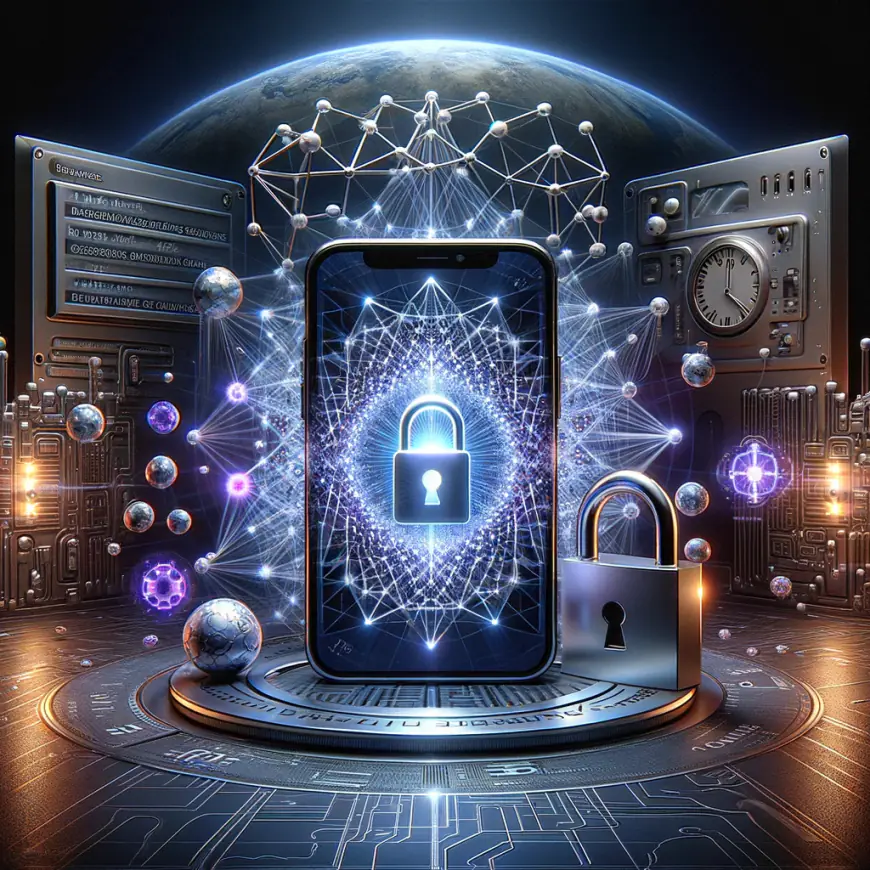Apple adopts post-quantum cryptography for iMessage
Apple just launched PQ3, a huge step forward in making iMessage’s encryption stronger, as part of the iOS 17.4 update on February 21. This move places Apple among the few companies that have added post-quantum cryptography to their messaging apps, a kind of technology built to handle the potential power of quantum computing. Before Apple, […]

Apple just launched PQ3, a huge step forward in making iMessage’s encryption stronger, as part of the iOS 17.4 update on February 21. This move places Apple among the few companies that have added post-quantum cryptography to their messaging apps, a kind of technology built to handle the potential power of quantum computing. Before Apple, Signal had introduced a type of encryption resistant to quantum decryption techniques in September 2023. However, Apple states that its PQ3 protocol achieves a “level 3” encryption, claiming to be unmatched in the messaging app world.
Moving Past Old-School Encryption
The discussion on encryption has always focused on keeping digital chats safe from unwanted snooping. In the past, messaging services used traditional public key cryptography, which was the foundation for secure messages. These methods are based on complex math problems thought to be too hard for current computers but might be solved by quantum computers in the future. PQ3, Apple’s cutting-edge protocol, doesn’t just aim to protect iMessage from today’s dangers but also prepares for a time when quantum computing could make old encryption methods outdated.
Apple’s path to this significant update began with the launch of iMessage in 2011, initially offering end-to-end encryption by default. Over time, Apple has made iMessage’s security stronger, moving from RSA to Elliptic Curve Cryptography (ECC) and making encryption keys within the device’s Secure Enclave tougher to steal. These keys now have an extra layer of protection through regular rekeying, a strategy aimed at fixing cryptographic security if a key ever gets compromised.
Introducing PQ3 is Apple’s way of dealing with the upcoming era of quantum computing. This protocol starts with post-quantum cryptography, offering strong defense against both current and upcoming threats, and brings in a new rekeying method. This is crucial for reducing the risks if keys are compromised, keeping the privacy of messages safe into the future.
Connecting to the Quantum Future
Creating PQ3 was a big challenge; it required moving away from old algorithms to a mix that blends post-quantum algorithms with the current ECC setup. This ensures PQ3’s security is just as strong as, if not stronger than, traditional encryption, making it really hard for anyone trying to break in. The protocol uses Kyber post-quantum public keys for the first step in setting up encryption, chosen after thorough examination by the global cryptographic community and approved by NIST as a standard for resisting quantum attacks.
PQ3 also introduces a feature for updating encryption keys during chats, a step that restores security if a key is compromised. This uses a mix of ECC and post-quantum encryption to smoothly move back to a safe state without making messages too big.
The protocol’s strength is also supported by thorough checks, which confirm its ability to stand up against various types of attacks, both from current technology and potential quantum methods. This attention to detail shows Apple’s dedication to keeping its users’ data safe at the highest level.
With PQ3 being added across Apple’s products, including iOS, iPadOS, macOS, and watchOS, iMessage users can expect top-notch security for their messages. This update definitely raises the bar for encryption standards in anticipation of quantum computing progress.
What's Your Reaction?







































































































